The evolution of housing structures and their impact on modern life has spread over the centuries, reflecting changing lifestyles, times and cultural norms.
Today’s homes are very different from those of the past, with modern designs that focus on open spaces, energy efficiency and sustainability.
Evolution of Residential Architecture
The development of residential architecture has been a long and interesting journey that went through many years through different cultures.
From the humble mud huts of our prehistoric ancestors to today’s high-tech modern homes, residential architecture has undergone myriad changes, each shaped by the needs and aspirations of the people who live in it.

Prehistoric Homes
Prehistoric houses, places, buildings or camps where men lived during prehistory are difficult to know well. Yet archaeologists and prehistorians manage to get an idea of them from several sources of information including archaeological excavations.
Prehistory is generally divided into several periods: the Paleolithic, which is the most ancient and the longest period, then the Neolithic.
These periods can be divided into more precise periods.
When prehistoric sites are studied with precision, they are classified not only by period but by culture. In this sense, a culture is a way of life, a set of techniques used by people to live and shelter themselves, and that are recognized by objects typical of that culture. It certainly also was some beliefs, language and traditions, but we no longer have any traces of these.
These lifestyles (or archaeological cultures) were not the same in different parts of the world, and how prehistoric people built their camps or homes has varied over time and regions.
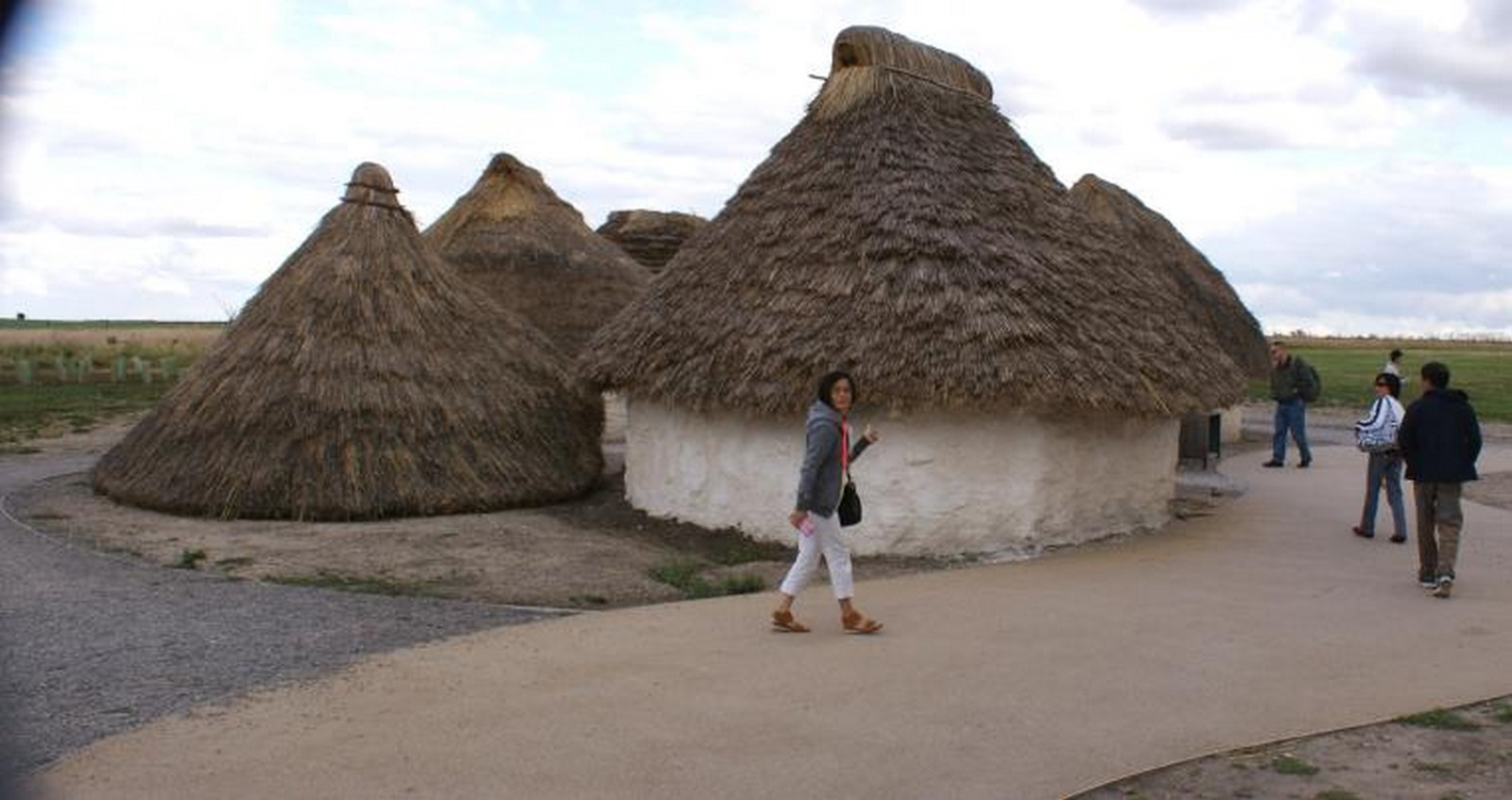
Ancient Homes
Houses in ancient Greece were usually built of sun-dried mud bricks. Since this material was not particularly durable, the houses often had to be restored.
Houses were usually small, with shutters and tiled roofs. Due to the fragile materials used in the construction of ancient Greek houses, there are no remains, only evidence of their foundations and layout.
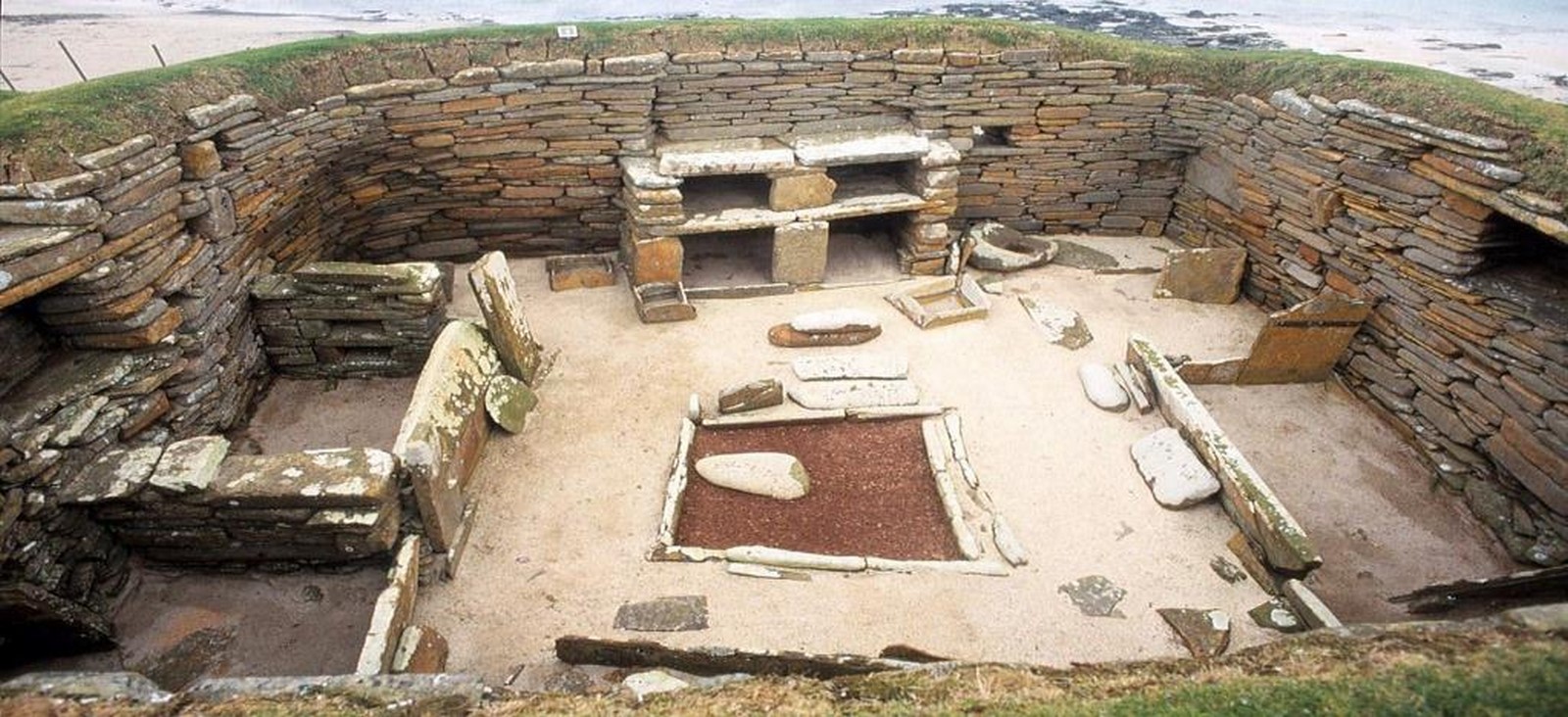
Medieval Homes
During the Middle Ages, people mostly lived in small, one-story houses made of mud, stones, wattle, and daub. In general, these medieval houses had a very basic design, containing only one or two very large rooms.
The main room served as a living area, kitchen, and bedroom all in one. The other rooms were used to store food and tools, as well as animals in the winter.
Medieval houses were usually built from whatever resources were available in the local area but often had steep gabled roofs made of thatch, turf, or wooden shingles. Most of them also had one large window, built from a single piece of glass, to let light into the dwelling.
In addition, these medieval houses usually had one door with a small opening at the top to let air in without letting pests in.
The interior of medieval houses also had very basic designs, with a single room for the most important activities. This room usually includes a wood-burning stove, a large plank bed, a simple table, and two benches.
Other activities, such as washing and cooking, were done either outside or in the barn. As a result, the interior of a medieval house could appear very dark and oppressive by modern standards.
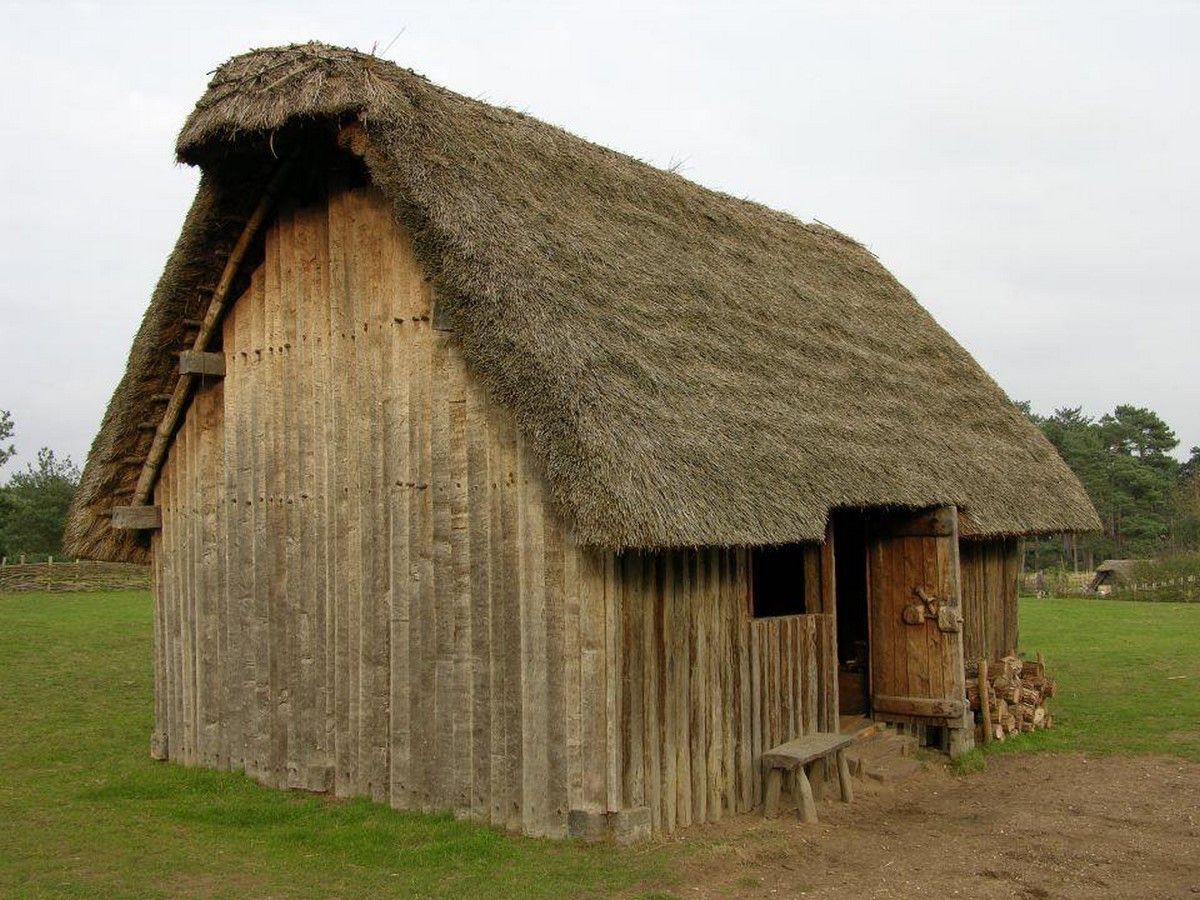
One of the most common questions about daily life in the Middle Ages was what the houses looked like.
Illuminations in medieval manuscripts can reveal much about the exteriors and interiors of a farmhouse.

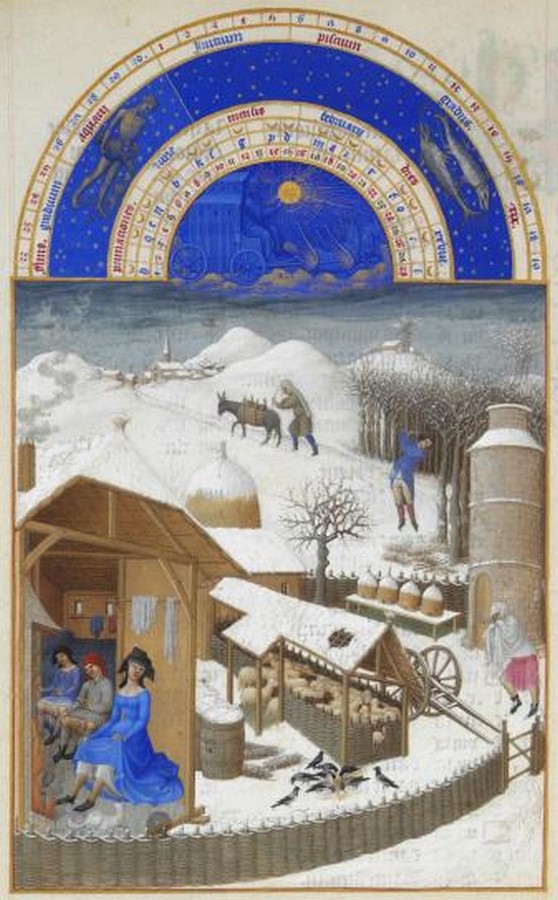
Renaissance Homes
There was a revival of ancient Roman forms, including the column and circular arch, tunnel vault, and dome. The basic design element was the order. Knowledge of classical architecture came from the ruins of ancient buildings and the writings of Vitruvius. As in the classical period, proportion was the most important factor in beauty; Renaissance architects found harmony between human proportions and buildings. Filippo Brunelleschi is considered the first Renaissance architect. Leon Battista Alberti’s ten books on architecture, inspired by Vitruvius, became the bible of Renaissance architecture. From Florence, the early Renaissance style spread throughout Italy. Donato Bramante’s move to Rome ushered in the High Renaissance (c. 1500–20). Mannerism, the style of the late Renaissance (1520–1600), was characterized by sophistication, complexity, and novelty rather than the harmony,
clarity, and calm of the High Renaissance. The late Renaissance also saw many architectural theories, with Sebastiano Serlio (1475–1554), Giacomo da Vignola (1507–73), and Andrea Palladio publishing influential books.
Colonial Homes
Colonial style is an architectural style that first appeared under colonial rule in the United States in the 1600s and 1700s. Today, the term “colonial” generally stands for style. historic building style introduced by the British settlers in New England, as well as for the historic building style. A new colonial-style appeared in the 20th century.
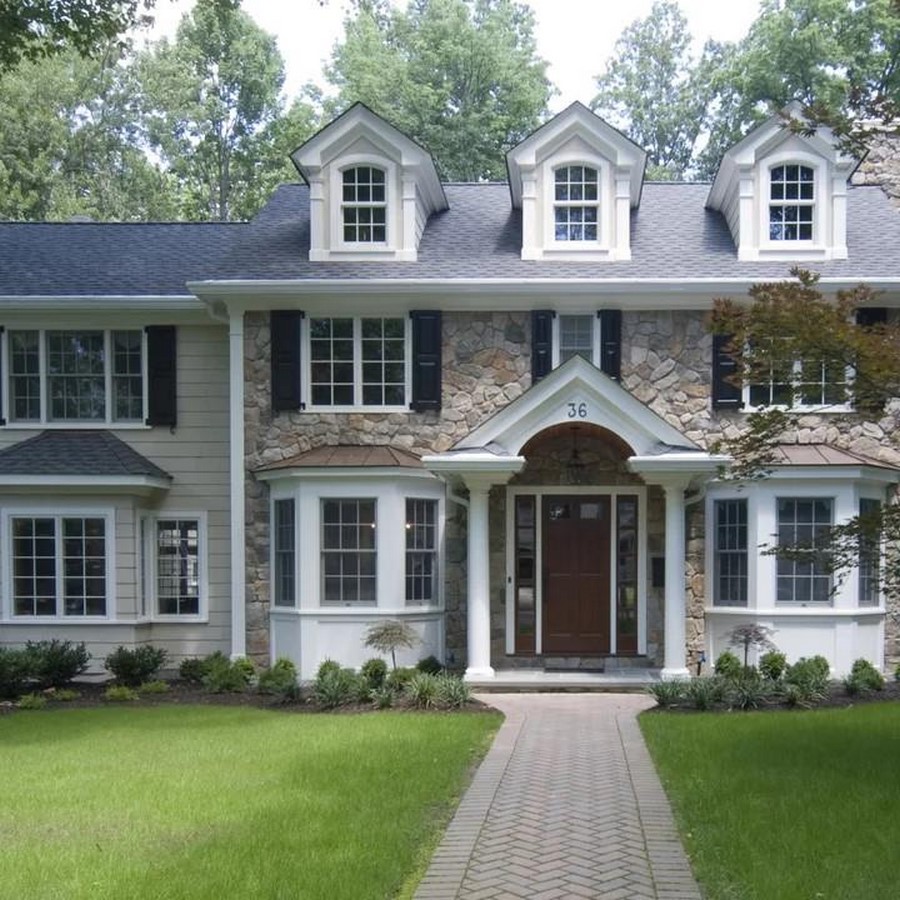
VICTORIAN HOMES
In Victorian times, population growth and the Industrial Revolution, which saw workers migrate from the countryside to the cities, led to a gradual housing boom in the 1850s and 1870s that saw millions of homes built. These catered not only to the rich and the new “middle classes”, but also to the poor.
In run-down areas, Victorian houses were often very small, such as houses built back to back in extremely cramped conditions. Some of these areas became slums or ‘rookeries’ and were later cleared. Some smaller two-story houses still survive, for example, in Salford, Greater Manchester.
Victorian houses for the middle classes and above tended to have accommodations for servants, often employed to carry out the considerable work required to keep the house, including its fireplaces, clean and well stocked.
Middle- and upper-class Victorian houses sought to follow the purest forms of contemporary architecture, such as the Gothic or Queen Anne styles.
Modern Homes
The word “modern” is one of the most abused phrases in decorating. Today’s modern style, which is often confused with contemporary style, is based on a design movement that was born at the turn of the 20th century. Modern, stylish furnishings and decorations celebrate natural materials, neutral or earthy colours, and the elimination of unnecessary details. While you can see a range of colours in a contemporary style, modern styles would have monochromatic colours.
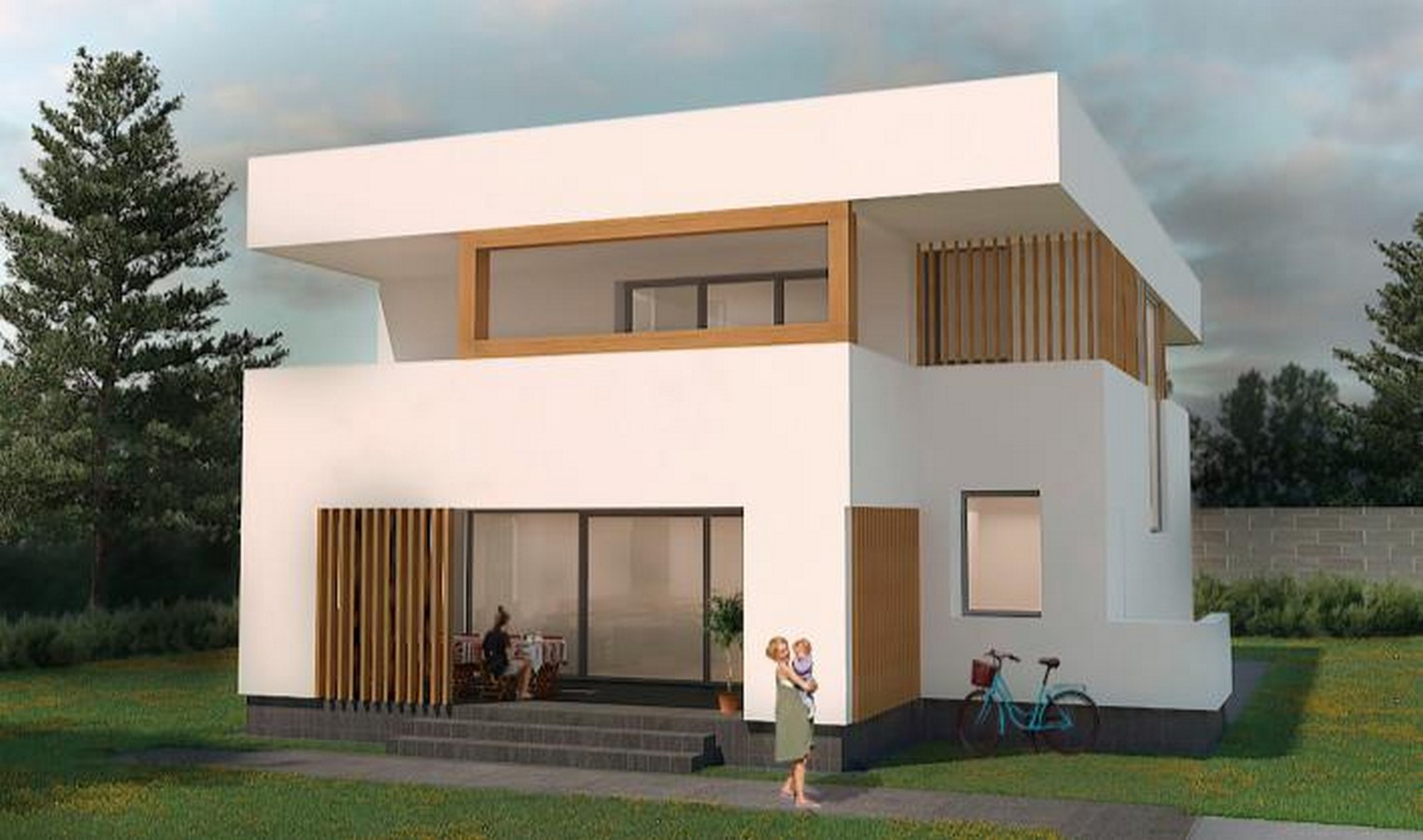
Contemporary homes
A contemporary home reflects contemporary style, which in this case would be 21st-century architecture and design. It’s evolutionary, meaning it changes and grows just like us, constantly adapting to what’s new, interesting, and trendy in the world of home design.
Because the concept of the contemporary home is so fluid, it often overlaps with other interior design styles. For example, today’s contemporary homes feature many similar elements of modern boho, farmhouse, and mid-century modern design—a testament to the trendy nature of these styles.
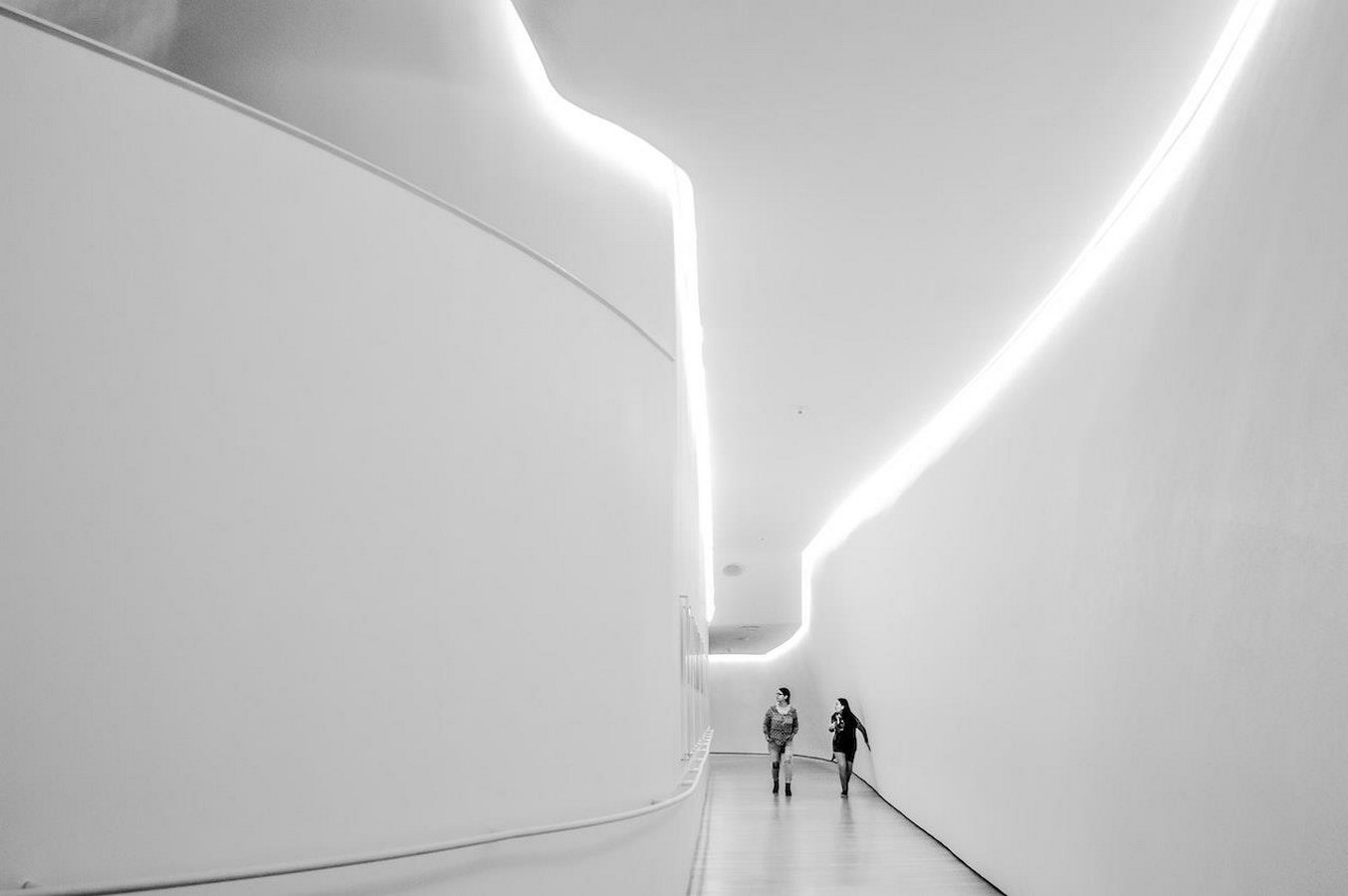
Impact Of Residential Architecture on Modern Living
Open Floor Plans.
It is one of the important features of modern homes which combines multiple living spaces into one large confined space.
Energy Efficiency
Modern homes are designed with techniques of energy efficiency in mind, incorporating features like solar panels, passive cooling techniques such as creating recessed windows cavity walls, filler slabs, and high-efficiency heating and cooling systems.
Durability.
Wellness.
Architectural Types
Architecture is created only to meet the specifications of an individual or group. Economic law prevents architects from imitating their fellow artists by producing works for which there is no or only potential demand. So the types of architecture depend on social formations and can be classified according to the role of the patron in the community. The types to be discussed here—domestic, religious, governmental, recreational, social and educational, and commercial and industrial—represent the simplest classification; a scientific typology of architecture would require a more detailed analysis.
- Domestic architecture.
Domestic architecture is created for a social unit: an individual, family, or clan and their relatives, people, and animals. It provides shelter and security for the basic physical functions of life and occasionally for commercial, industrial, or agricultural activities that involve the family unit rather than the community. The basic requirements of domestic architecture are simple: a place to sleep, prepare food, eat, and possibly work; a place that has some light and is protected from the elements. One room with solid walls, a roof, a door, a window, and a fireplace is essential; everything else can be considered a luxury.
- Vernacular architecture.
In much of the world today, even where institutions have been constantly changing, dwelling types of ancient or prehistoric origin are used. In the industrialized United States, for example, barns are built according to the design used in Europe in the 1st millennium BC. The forces that create the dynamic development of architectural style in communal buildings are usually inactive in the home and farm. The lives of average people can be unaltered by the most fundamental changes in their institutions. People can gradually become enslaved persons, subjects of a monarchy, and electors without the means or desire to change their customs, techniques, or environment. Economic pressure is the main factor that causes average individuals to limit their demands to a level far below what the technology of their time can sustain. They often build new structures using old techniques because experimentation and innovation are more expensive than repetition. But in affluent cultures, economic allowances and customs encourage architecture to provide conveniences such as sanitation, lighting, and heating, as well as separate spaces for different functions, and these may be considered necessities. The same causes tend to replace the conservatism of the home with the aspirations of institutional architecture and emphasize expressive as well as utilitarian function.
- Group housing.
The third type of internal architecture is public and private because it responds to groups rather than units. This is well known through the widespread development of multi-family housing in the modern world, where individuals or families find living space in multi-family houses or mass-produced single units. Multifamily homes are produced by various cultures, such as collective government to equalize living standards, autocracy to ensure submissive labour, and feudalism and caste systems to unite members of the same class. This apartment complex was independently developed by the ancient Romans for urban conditions and by American Indians for agricultural conditions. Collective architecture can also be powerful, especially when land prices are too high for even the rich to build on their own. For example, when aristocratic mansions were uniformly designed around a square, such as the Place des Voss in 17th-century Paris or the apartments and spas of the 18th century in an English town, Although much of the interior architecture of the 20th century used the styles and techniques of the past, exceptions are more important than ever to the development of architecture. This is because wealth and power are widely distributed in areas of the world where architecture is important and because modern countries are responsible for high-quality houses.
The advantages of living in a group housing society are:
Availability
Members of the housing association control and decide on financial issues. The cost in terms of services and equipment for each member is significantly lower. With a reasonable down payment, lower pre-closing fees and a longer mortgage term, it becomes more affordable than any freehold.
A safe and secure investment
Group housing societies are stable and reliable because they have an independent legal existence and the means to sustain their activities.
Owning a home in it is a safe investment. Without landlord intervention, members of housing societies can live in their apartments as long as they want. Even after the apartment is vacated, the benefits associated with the use of the apartment remain intact and it is possible to rent or lease it.
Better services and facilities
Members take care of the premises with a sense of ownership. Better management and good facilities can be expected. Each member’s needs are properly met as he can express his opinion for the benefit of others.
Democratic leadership
Group housing societies are run in a democratic manner, with each member being a shareholder. Each member of the housing association has the same rights and privileges. The office bearers who manage the company are elected by voting.
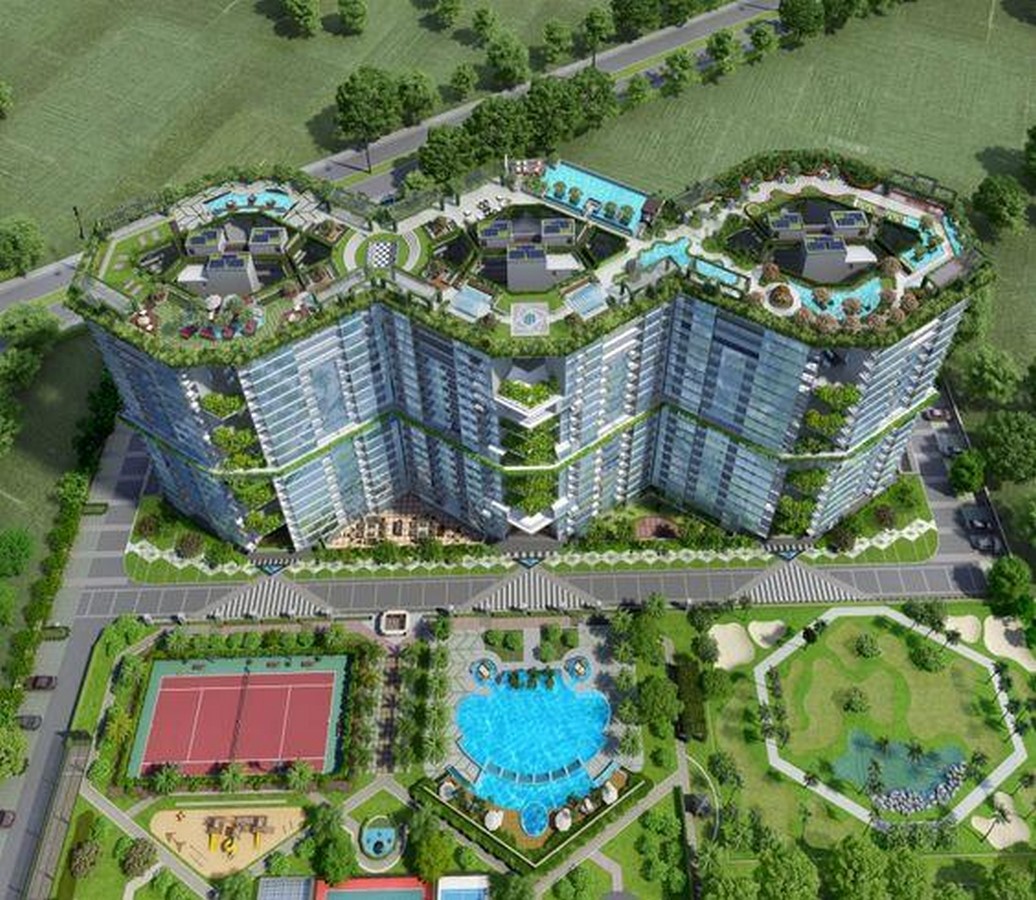

References:
https://i.pinimg.com/originals/de/db/b3/dedbb31910a5fcb5a26ba330c1365b7b.jpghttps://th.bing.com/th/id/R.b53205e19e13771034f304358f588243?rik=DYPRyDZf1X8Nzw&riu=http%3a%2f%2fhumanorigins.si.edu%2fsites%2fdefault%2ffiles%2fimages%2flandscape%2f3.6.4-2_illustration_color_KC_humans_builiding_shelter_l_1.jpg&ehk=HuEem0CNxMKph8qgVCcTqPa0mB7IyojCCCD6DkKn5bQ%3d&risl=&pid=ImgRaw&r=0
https://keepitrelax.com/wp-content/uploads/2019/12/8725933205_c2a9057933_b.jp
https://s-media-cache-ak0.pinimg.com/originals/ef/be/99/efbe995db6007dca7c9981fd3afe41f6.jpg
https://pro-cdn.pixelmator.com/pro/special/img-illuminated-manuscripts.jpg
https://th.bing.com/th/id/OIP.y1Ng0pqH1ISbprzU_GlFcgHaL9?pid=ImgDet&rs=1
https://anthonywilder.com/wp-content/uploads/2016/03/captivating_06.jp
https://danandresan.eu/uploads/2020/02/frame-1.jpg
https://i.pinimg.com/564x/04/64/cf/0464cfe80aadceeeb77925b4af091e05.jpg
https://i.ytimg.com/vi/LEZVX6gSUvg/maxresdefault.jpg
https://www.commercialarchitecturemagazine.com/the-evolution-of-residential-architecture-and-its-impact-on-modern-living/






















